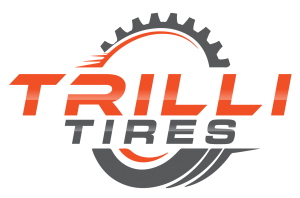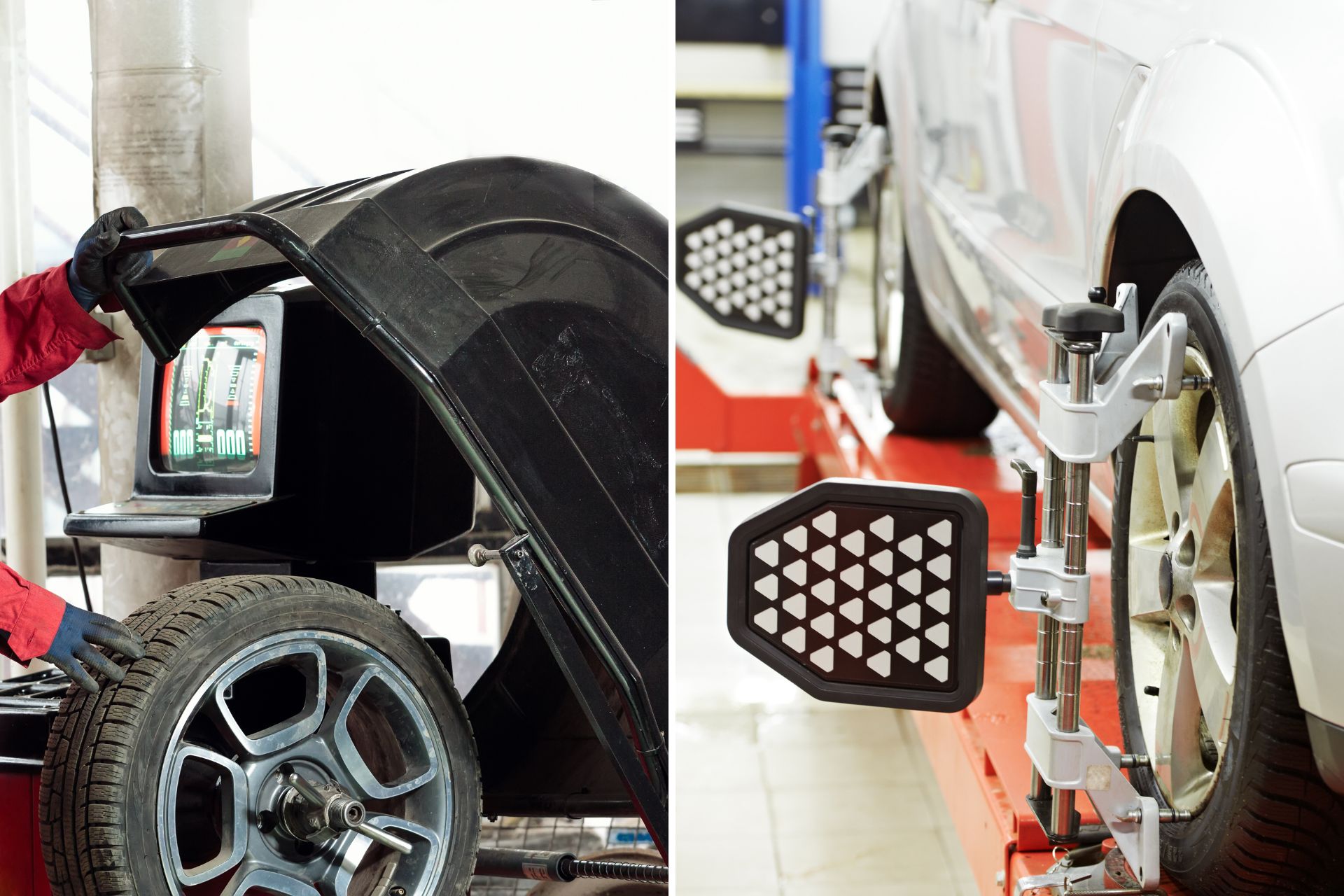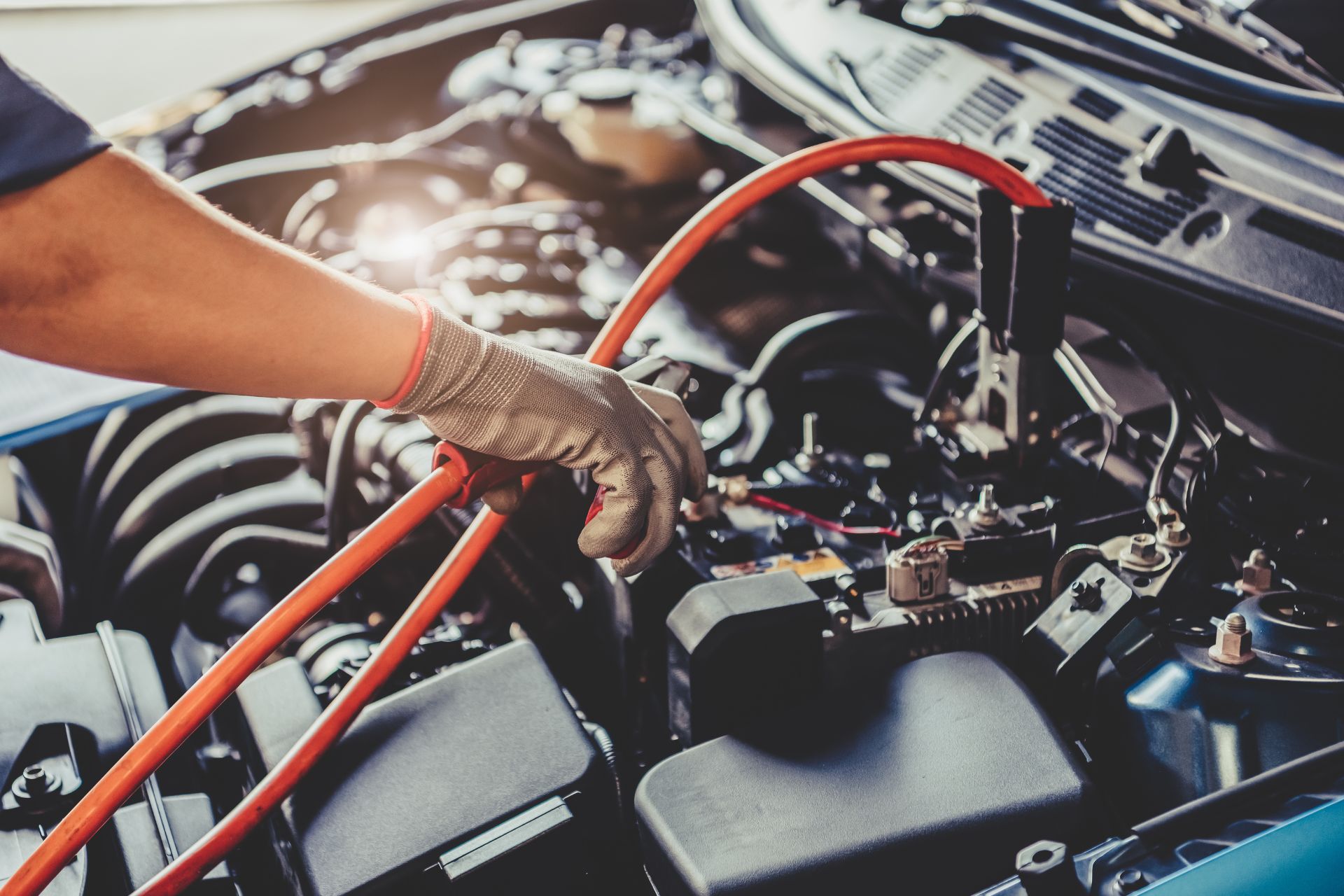Tire Rotation vs Wheel Alignment
Safety is an essential part of safe driving. You might feel your vehicle is moving around a lot, especially after hitting a large pothole. Our mechanics will ask you if you would like a wheel alignment or a tire rotation when you visit us for tire service. If you don’t know the car maintenance language, you may end up confused. You can make it easier and order the right tire service. Below, you will find information about the differences between wheel alignment and tire rotation.
What is Tire Rotation?
Tire rotation is recommended for vehicles that seem to move from one side to the other when you drive. Tire rotation, also known as wheel or tire balancing, involves moving tires from one side to the other to ensure even wear.
Because they are the first point of contact with the road surface, your vehicle’s tires will wear over time. Due to friction levels, tires can experience uneven wear. For example, rear-wheel drive vehicles tend to have less wear on their front tires than they do on their rear tires. Inequal weight distribution can lead to uneven tire wear.
To ensure that tires are wearing evenly, it is important to rotate them every now and again.
What is Wheel Alignment?
A wheel alignment might be necessary if your vehicle is constantly drifting to one side when you drive straight. The process of aligning the front tires on your car to make sure they match the steering and tires at the rear is called wheel alignment. A large pothole in your car’s road can cause wheel alignment problems. Unaligned wheels can cause uneven tire wear and tire movement, as well as a decrease in vehicle performance and steering ability.
After detecting the problem, wheel alignments should be performed as soon as possible.
To Wrap It Up
You can reduce tire wear and improve fuel efficiency by rotating your tires. However, it is important to fix unaligned wheels immediately after discovering the problem. This can cause serious damage to your vehicle.
Absolute Car Care will perform comprehensive tire safety checks to ensure your vehicle is safe. This includes wheel alignment and wheel rotation. We will inspect your vehicle using the HawkEye Elite alignment machine.
TrilliTires can diagnose your problem if you live in Richmond Hill or the Greater Toronto Area. Our family-owned business has been in operation for more than 12 years. We are known for our friendly service. For more information, call us at 905-883-1118 or send us a message online.


